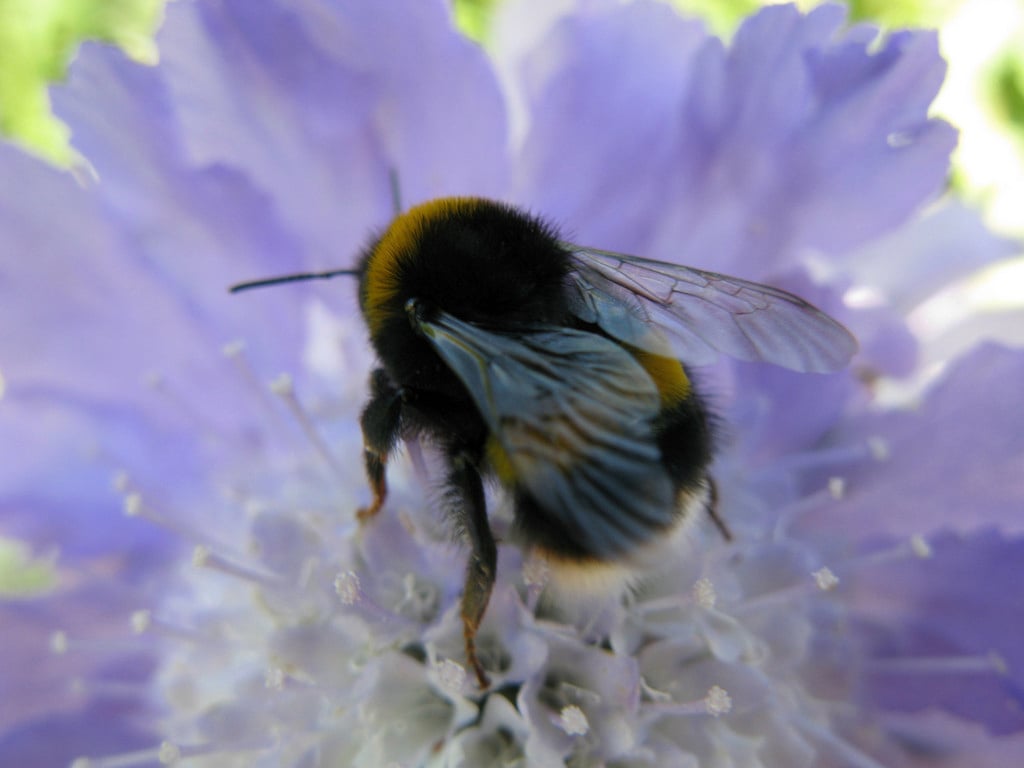Rosebay willowherb
The tall, pretty pink flower spikes of rosebay willowherb (Chamaenerion angustifolium) are a common sight on railway banks and disturbed woodland. It is a useful nectar source for pollinators but self-seeds readily and can become a troublesome garden weed.
Quick facts
Botanical name Chamaenerion angustifolium
Synonyms Chamerion angustifolium, Epilobium angustifolium
Area affected Disturbed ground
Caused by Windborne seed and branching underground stems (rhizomes)
Timing Flowers June to September; treat spring to autumn
What is rosebay willowherb?
Chamaenerion angustifolium is a native perennial weed which spreads by seed and
A white
Rosebay willowherb is a valuable food source for numerous species of moths and butterflies; it is also a useful nectar source for pollinators, including bees.

Bees in your garden
Butterflies in your garden
Moths in your garden
The white or pink flowered rosebay willowherbs may be welcomed by gardeners wishing to fill large borders, but in smaller gardens some control measures may be needed. This page looks at options for gardeners when rosebay willowherb is becoming a problem.
Appearance
The problem
Control
The RHS believes that avoiding pests, diseases and weeds by good practice in cultivation methods, cultivar selection, garden hygiene and encouraging or introducing natural enemies, should be the first line of control. If chemical controls are used, they should be used only in a minimal and highly targeted manner.
Cultural control
Cultural methods such as hoeing and forking-out are effective against this shallow-rooted weed. Opaque mulching films can also be used to suppress its growth around woody plants or on unplanted beds.
Weedkiller control
In borders
Spot treat carefully with the non-selective weedkiller glyphosate (Roundup Fast Action, Doff Advanced Concentrated Weedkiller, SBM Job done General Purpose Weedkiller). Take care if applying such herbicides between ornamental plants by covering them with plastic sheeting whilst spraying. The covers can be removed once the spray has dried onto the weed foliage. Spraying with a ready-to-use formulation of glyphosate is probably the most accurate method of application. Used with care, glyphosate is safe to use around the base of non-suckering woody plants, as long as the bark is woody, brown and mature. Glyphosate is not active through the soil and there is therefore no risk garden plants will absorb it through their roots.
In uncultivated land and around established trees and shrubs
SBM Job done Tough Weedkiller (ready-to-use only), SBM Job done Path Weedkiller (ready-to-use only) and Weedol Pathclear products containing glyphosate/diflufenican can be applied once a season to natural surfaces where no plants are to be grown, and can also be applied under and around established woody trees and shrubs. This product kills off existing small green growth and prevents or checks developing growth. Check manufacturer’s recommendations before use to avoid damaging sensitive plants.
Inclusion of a weedkiller product does not indicate a recommendation or endorsement by the RHS. It is a list of products currently available to the home gardener.
Download
Weedkillers for gardeners (Adobe Acrobat pdf document outlining weedkillers available to gardeners; see sections 4 and 5)
Links
Chemicals: using a sprayer
Chemicals: using safely and effectively
Chemicals: using spot and broad-scale
Weeds: non-chemical control
Get involved
The Royal Horticultural Society is the UK’s leading gardening charity. We aim to enrich everyone’s life through plants, and make the UK a greener and more beautiful place.